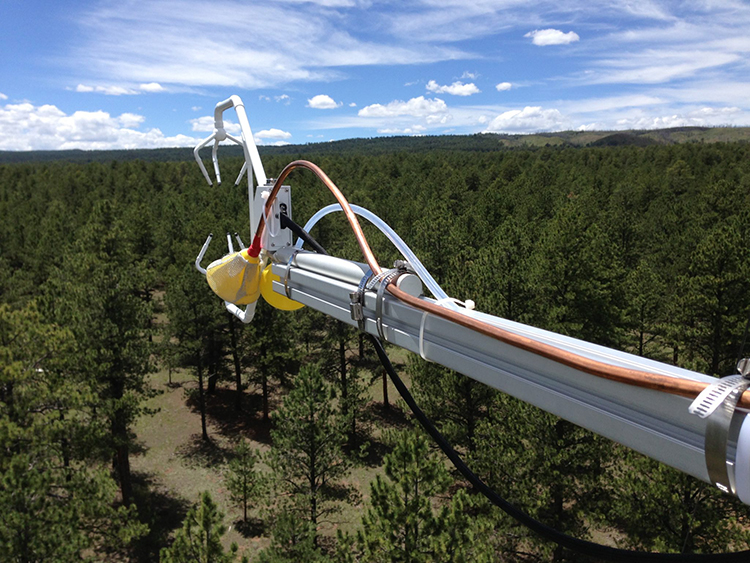Atmos scientists participate in aerosol study to revise climate models
Smoke from the many wildfires burning in the West have made air quality hazardous for millions of people in the United States. And it is the very tiniest of the aerosol particles in that air that make it particularly harmful to human health. But for decades, we haven’t known how long these particles actually stay aloft.
New research by Colorado State University scientists is giving us a much better understanding of this process, which can help not only in air quality forecasting, but also in global climate modeling.
Aerosol particles, whether from wildfire smoke or car exhaust, play a large role in how much heat is absorbed or deflected by the atmosphere. However, we haven’t entirely understood how quickly these tiny particles were pulled out of the air – especially in the absence of moisture. This has added substantial uncertainty to already-complex climate models.
Delphine Farmer, an associate professor in the Department of Chemistry in the CSU College of Natural Sciences, knew it was time we could do better. Farmer and her colleagues, including Associate Professor Jeff Pierce, postdoctoral fellow Kelsey Bilsback and recent graduate Anna Hodshire, recently announced that they have been able to detect, in real-world environments – from forests to grasslands – the rate at which these important particles actually leave the atmosphere.
Read the full Source article, “Revising climate models with new CSU field data.”
Photo at top: Instrumentation inlets and the view from the top of the tower at the Manitou Experimental Forest Observatory near Woodland Park, Colorado. Photo by Delphine Farmer



